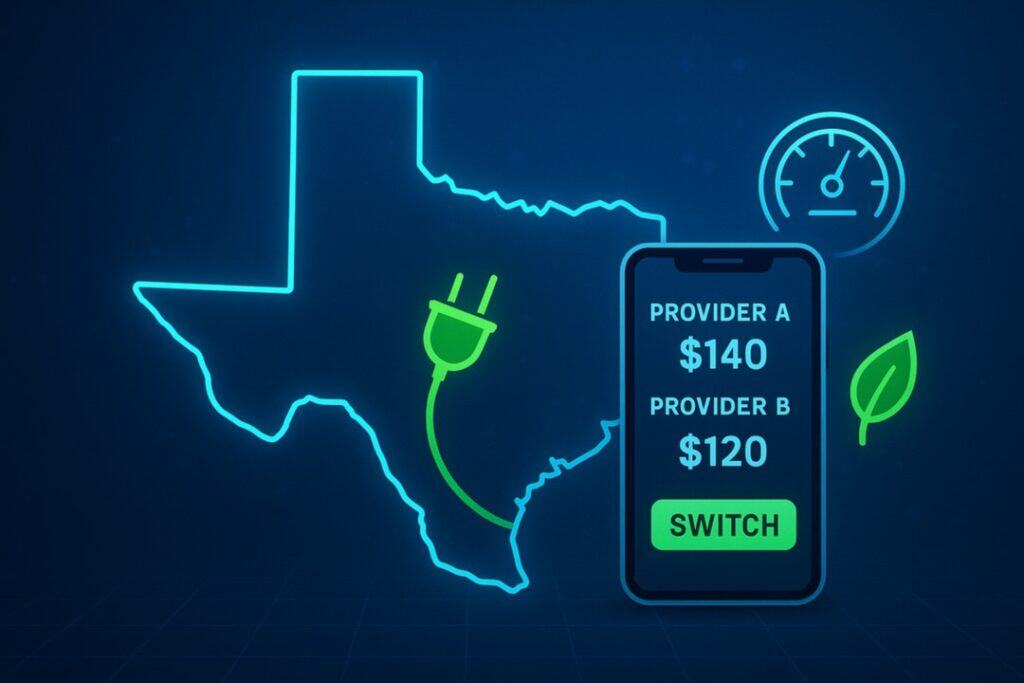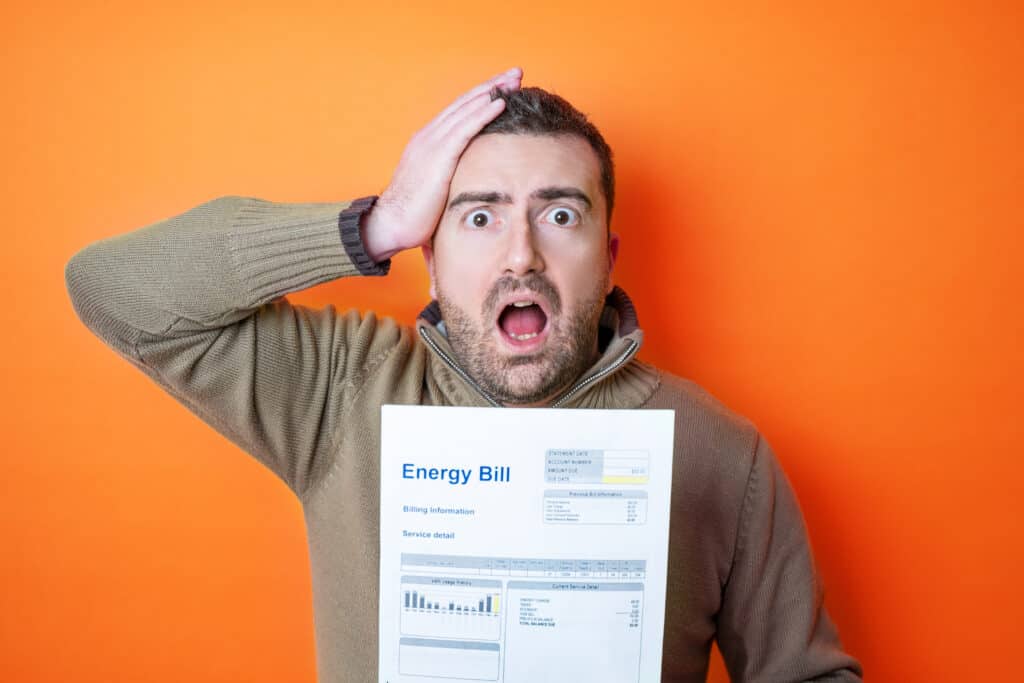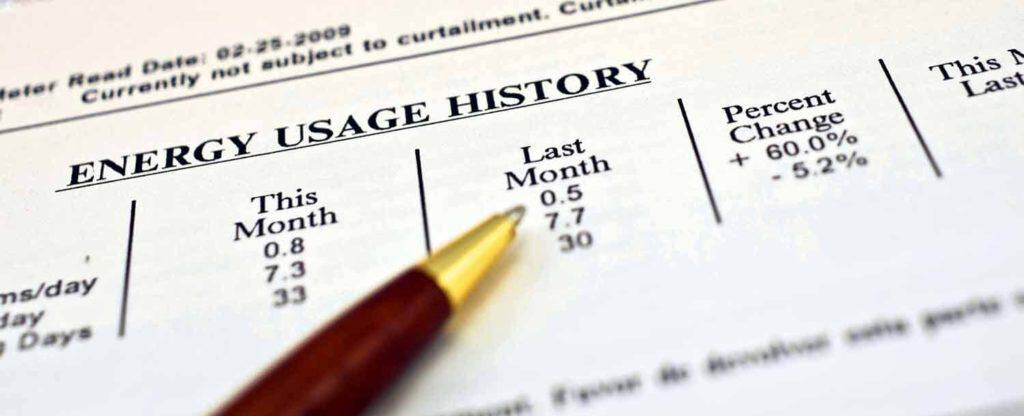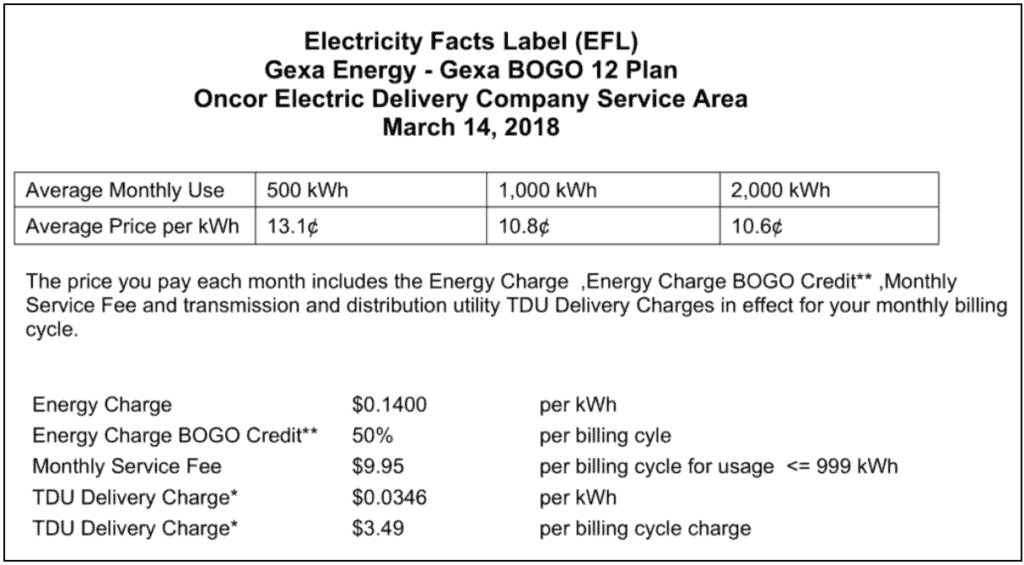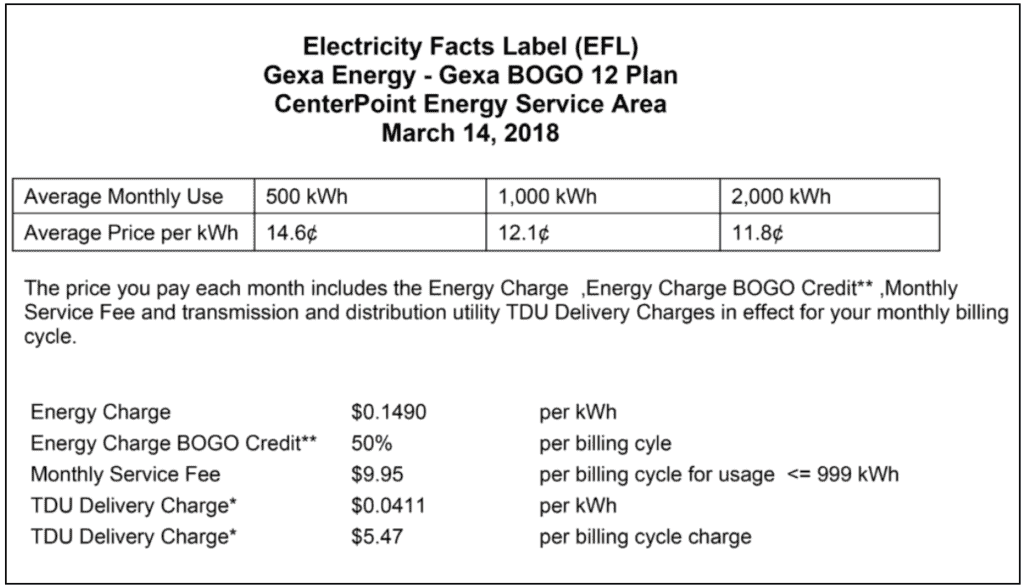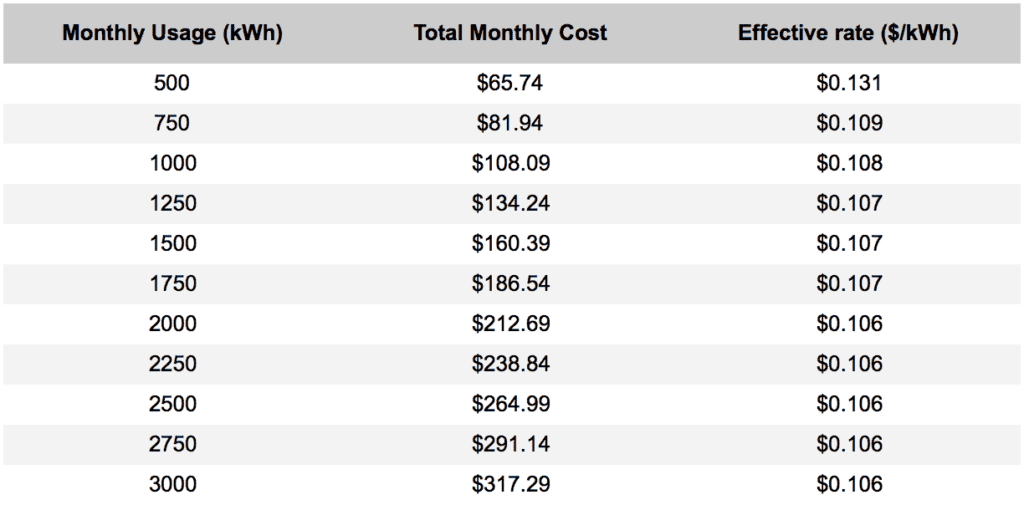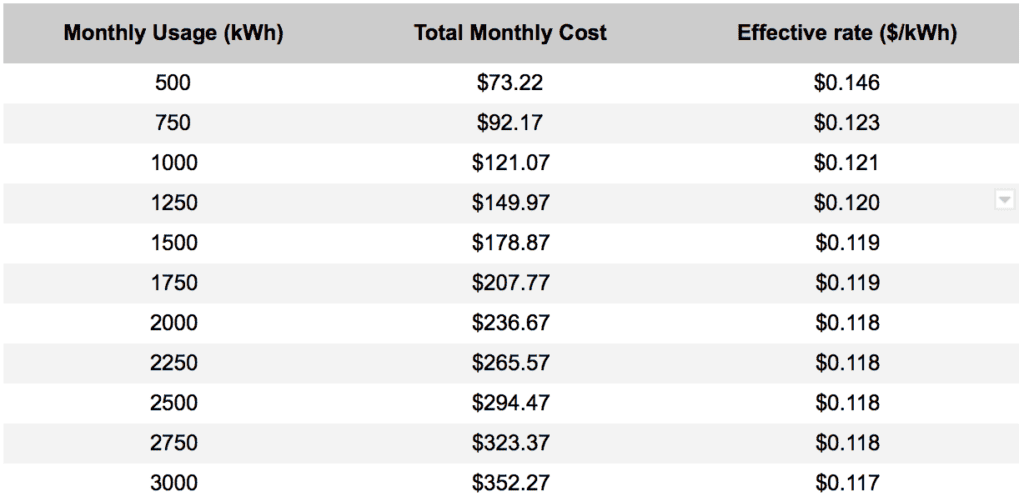Any product or company names, marks, or logos shown on this page are the property of their respective owners. Compare Power is an unaffiliated, independent marketplace. Get unbiased, accurate information backed by our commitment to editorial integrity.
Month-to-Month Electricity in Texas: Your Complete Guide
Hey there, Texas! Tired of being shackled to long-term electricity contracts?
Want the freedom to switch providers without the hassle? You’re in the right place!
This article is your go-to guide for everything you need to know about month-to-month electricity.
Stick around, and we promise you’ll walk away with valuable insights that could change the way you think about your electricity plans.
TL;DR: Month-to-month electricity plans offer you the flexibility to switch providers without any long-term commitments. They’re perfect for those in transitional phases of life or those who want to avoid hefty deposits.
Why Month-to-Month Electricity is a Game-Changer
Long-term contracts can feel like a ball and chain, especially when your life circumstances change.
Fixed-rate plans lock you into a payment schedule for 6 to 36 months, and breaking free can be a hassle.
Enter month-to-month electricity plans!
These plans give you the liberty to switch providers whenever you want.
No more feeling stuck! And the best part?
You can find cheap month-to-month electricity options right here on ComparePower.
What You Need to Know
What is month-to-month electricity?
Month-to-month electricity is a type of energy plan that doesn’t require a long-term contract.
Instead of committing to a fixed rate for an extended period, you pay for your electricity usage on a month-by-month basis.
This offers flexibility and the freedom to switch providers or plans at any time without incurring early termination fees.
How does month-to-month electricity work?
With a month-to-month plan, your rate can change each billing cycle based on current market conditions.
Here’s how it typically works:
1. You sign up for a plan without a long-term contract.
2. Each month, you’re billed based on your usage and the current rate.
3. You have the freedom to switch plans or providers at any time, usually with little to no notice required.
If you’re unhappy with your current rate, you can shop around for a better deal without waiting for a contract to expire.
Is Month-to-Month Electricity More Expensive?
Many people assume that month-to-month plans are always more expensive than long-term contracts.
While it’s true that they can be pricier in some cases, it’s not a hard and fast rule. Here’s what you need to know:
– Variable rates: Month-to-month plans often have variable rates that can fluctuate with market conditions. This means your rate could go up or down from month to month.
– Seasonal changes: During peak seasons (like hot Texas summers), rates on month-to-month plans might be higher than fixed-rate plans.
– Potential savings: If you’re savvy about switching when rates are favorable, you could potentially save money with a month-to-month plan.
– No early termination fees: Even if rates are slightly higher, you avoid the risk of paying hefty early termination fees if you need to cancel a long-term contract.
The key is to stay informed about market trends and be ready to switch when better rates become available.
With ComparePower, you can easily monitor and compare rates to ensure you’re always getting the best deal.
Pros and Cons of Month-to-Month Electricity Plans
Like any energy option, month-to-month plans have their advantages and disadvantages. Let’s break them down:
Pros:
- Flexibility to switch providers or plans at any time
- No long-term commitment
- Ability to take advantage of lower rates when market prices drop
- Ideal for short-term living situations or those uncertain about future plans
- Often available with no deposit options
Cons:
- Rates can fluctuate, potentially leading to higher bills during peak seasons
- Requires more active management and monitoring of rates
- May have slightly higher rates compared to some long-term fixed-rate plans
- Less predictable for budgeting purposes
Month-to-Month Electricity with No Deposit: Is it Possible?
Yes, it is! Many people think that month-to-month plans always require hefty deposits. Not true!
With ComparePower, you can find month-to-month electricity no deposit options that suit your needs.
No-deposit plans are especially beneficial for:
- Those with less-than-perfect credit
- Renters
- Students
- Anyone looking to avoid upfront costs
When Does Month-to-Month Electricity Make Sense?
Month-to-month electricity plans can be ideal in several situations:
Transitional periods: If you’re between roommates or just had tenants leave your rental, a month-to-month plan could easily cover that transition period until you find stability.
Credit concerns: If you’re worried about your credit score affecting your ability to get electricity, month-to-month plans often have more lenient requirements.
Avoiding deposits: Many month-to-month plans offer no-deposit options, helping you avoid large upfront costs.
Short-term residents: If you’re not planning to stay in one place for long, these plans offer the flexibility you need.
Market speculators: If you enjoy following energy markets and want to take advantage of price dips, month-to-month plans allow you to do so.
Remember, you’ll need a good understanding of your monthly usage and a plan to keep track of the rate you’re charged each month to make the most of these plans.
Your Electricity Ally
Searching for electricity plans without ComparePower is like navigating a maze blindfolded.
You could end up with a plan that doesn’t suit your needs or, worse, paying more than you should.
We’re committed to helping you find the best month-to-month electricity Texas offers.
Your Electricity, Your Rules
Life is too short to be tied down by long-term contracts.
With month-to-month electricity, you have the freedom to live life on your terms.
And with ComparePower, finding the perfect plan is easier than ever.
So what are you waiting for? Make the switch today and experience the freedom of month-to-month electricity in Texas!
Next Steps: Your Path to Freedom
Ready to make the switch? Just enter your zip code, and you’ll find a list of the best month-to-month electricity plans tailored for you.
Don’t wait for your current contract to become a burden. Take control of your electricity needs today.
Choose ComparePower for all your month-to-month electricity shopping needs in Texas.
Month-to-Month Electricity FAQs
Do month-to-month electricity rates fluctuate?
Yes, month-to-month electricity rates can fluctuate based on market conditions. These plans typically have variable rates that can change from month to month.
While this means your rate could increase during high-demand periods, it also means you could benefit from lower rates when market prices drop.
Is month-to-month electricity the best option for renters?
Month-to-month electricity can be an excellent option for renters, especially those who move frequently or are in short-term living situations.
The flexibility to switch or cancel without penalties aligns well with the often unpredictable nature of renting.
However, if you’re in a stable, long-term rental situation, you might want to compare both month-to-month and fixed-rate plans to see which offers the best value for your specific circumstances.
Who offers the best month-to-month electricity plans?
The “best” plan varies depending on individual needs and usage patterns.
Some top providers in Texas to check out include TXU Energy, Reliant Energy, and Gexa Energy.
Remember, the best way to find the right plan for you is to compare options with the tools right here on Compare Power.
How are variable and fixed rates priced in Texas?
Variable rates energy plans are generally higher than fixed-rate contracts in Texas.
Most Texans choose fixed-rate plans over variable-rate plans as they are more predictable and more manageable to budget.
Variable-rate plans are based on the current market price for electricity, which can fluctuate throughout the year.
A fixed-rate plan reflects the cost of electricity over 12 months, but the rates may be higher or lower than variable rates, depending on the time of the year.
Our Texas-based energy experts are here to help:
Live Chat (bottom right, Mon-Fri: 8:30 AM – 6:30 PM)
Call 855-441-3030 (Mon-Fri: 8:30 AM – 6:30 PM Sat: 9 AM – 4:30 PM)
Email [email protected]






